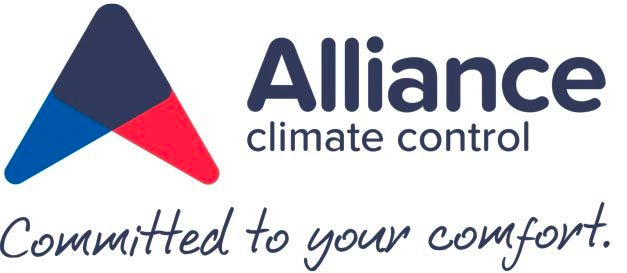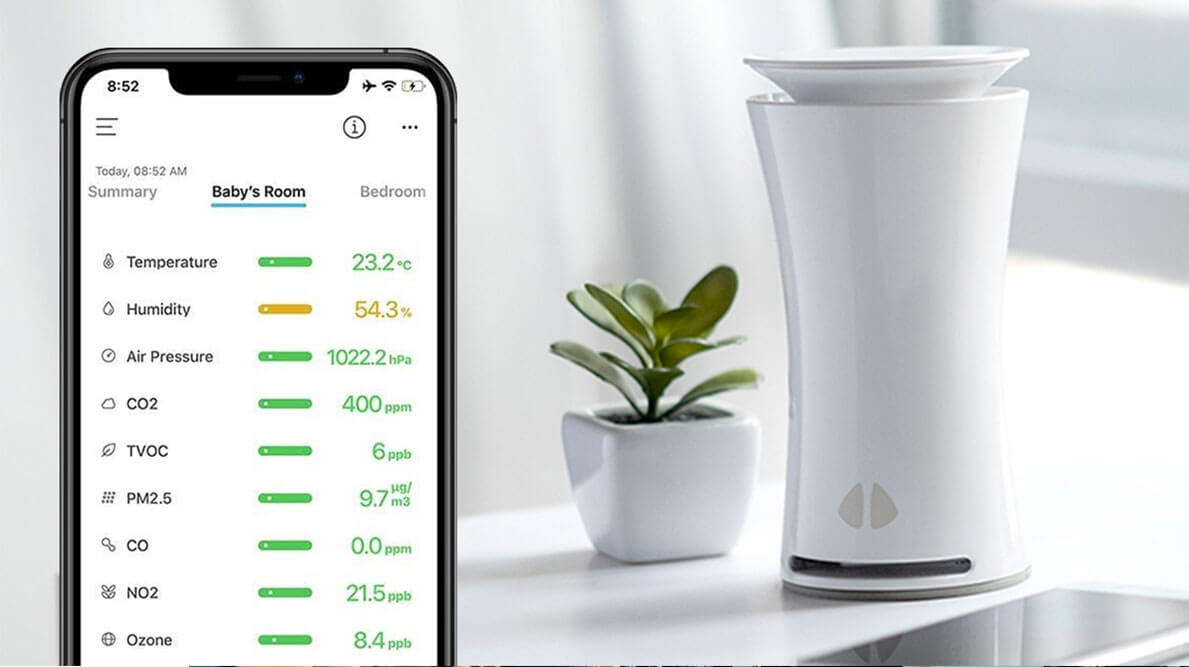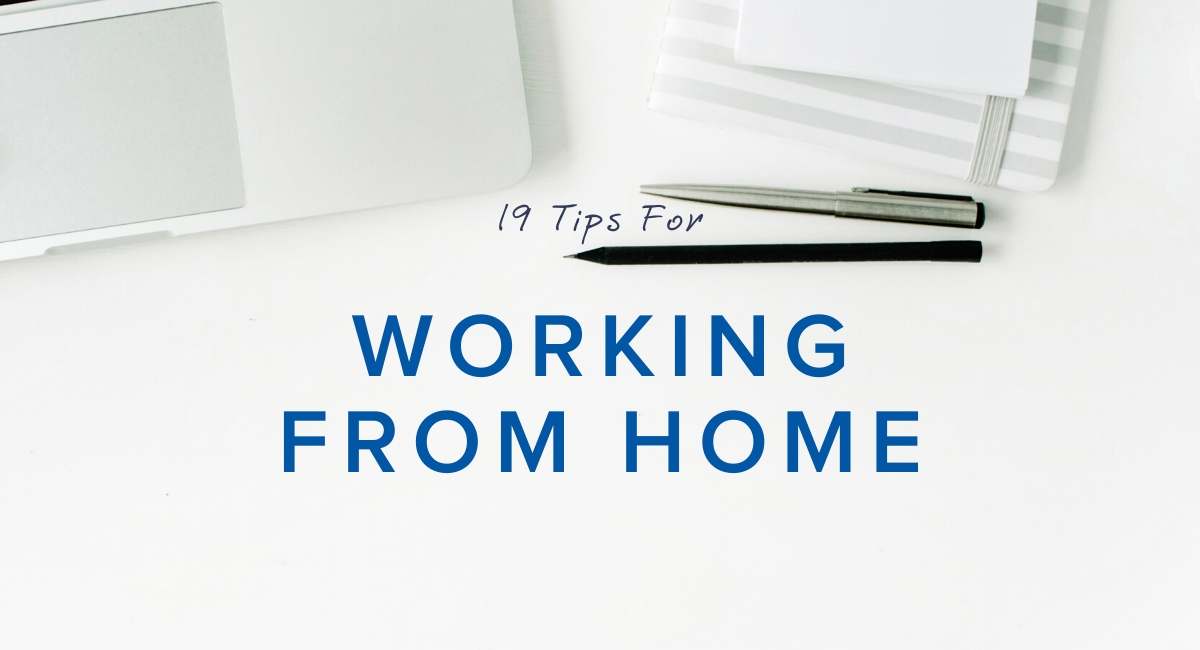
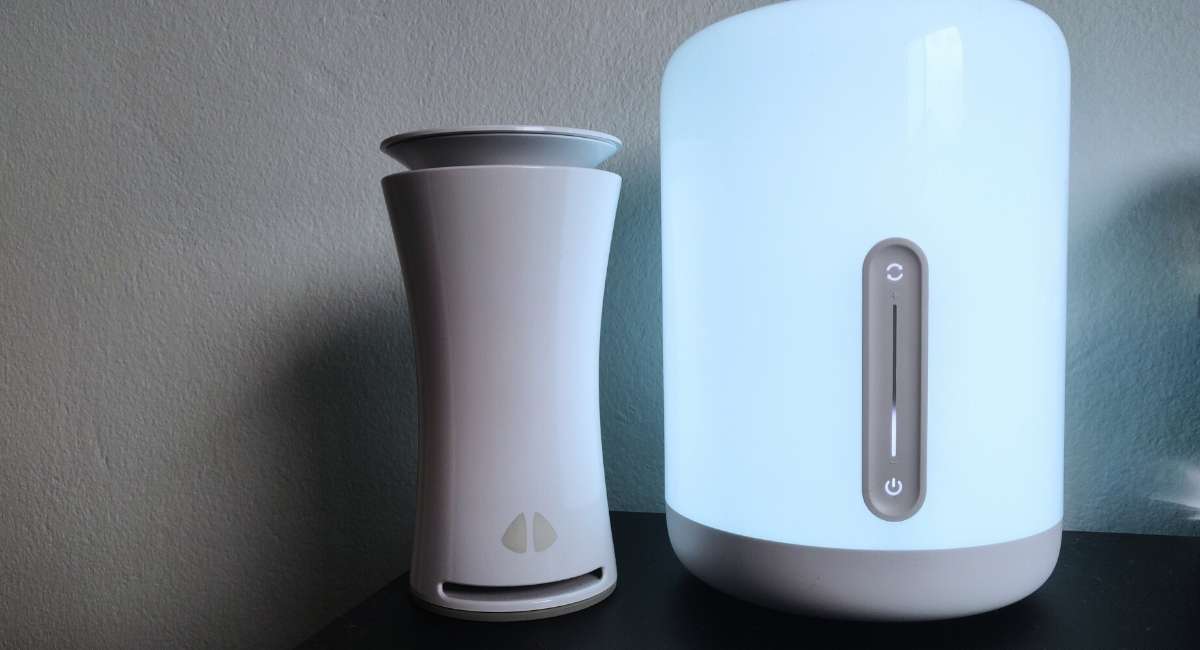
Disclaimer: This blog is not endorsed or sponsored by uHoo in any way.
We’ve heard of smart TVs, fridges, automatic vacuum machines, lights, fans, doorbells that are controlled from your smartphone – this list is only growing! These appliances can be controlled in the palm of your hand and before we know it – every household will be filled with them.
What’s surprising to me is that in 2020 with all that is happening, we don’t have a second thought about ‘air’. We hide in our homes when there’s an ongoing bushfire and we wear a mask when we’re outdoors. There’s nothing wrong with protecting yourself from the smoke outside but studies tell us that indoor air (that’s air in your home, business, and other recreational buildings) is 2 to 5 times worse than outdoor air and in the worst-case, it was 100 times worse.
Source: the United States Environmental Protection Agency
“The average home doesn’t understand the importance of ‘indoor air quality’ and they never will without knowing what they are actually breathing in in their own home,” says Michael Kuzmanovski, licensed, HVAC professional with over 15 years’ experience. “You can’t fix what you don’t know – some people are constantly breathing in mould and toxic chemicals in their home and unfortunately they simply do not know that they are.”
uHoo is an IAQ monitor that many of our staff and family have installed in our homes. This IAQ monitor is the most comprehensive monitor there is on the market, with the ability to detect up to 9 different air conditions. It can also be integrated into other smart appliances in your home via IFTTT. Its WIFI capabilities save historical data in the cloud and allow you to check your IAQ on the go.
My Apartment
For the purpose of this experiment, it is important to understand the layout of my home and where the apartment is located. My apartment is located on a small street that leads onto a very busy main road this means a good amount of traffic comes by during peak hours. The apartment is a long rectangle with large windows in every room, plus lots of indoor plants.
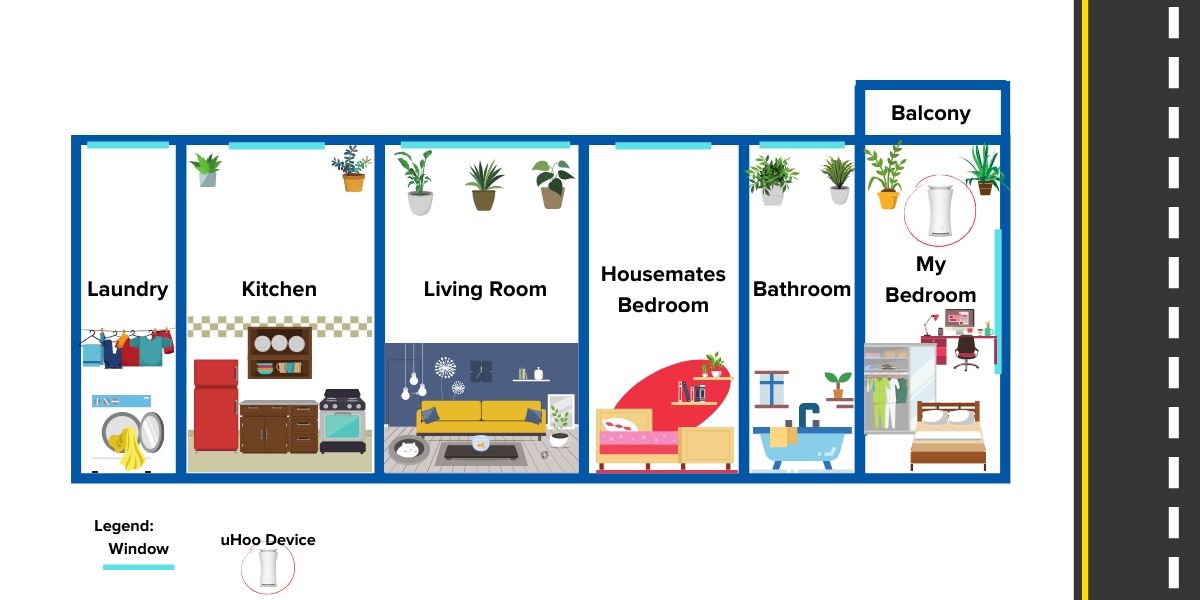
Let’s Get Started!
Day 1: Setup
The setting up process was super easy. I named mine ‘woohoo’ the uHoo – cheesy, I’m aware! As long as you have a stable WIFI connection and a smartphone or tablet, the process will take just a few minutes. Impressively, results appear almost instantly although the device can take up to 48 hours to fully calibrate.
The amount of data and content within the app can be quite overwhelming. On the first day, I was already getting ‘insight’ notifications to inform me how to improve certain air conditions in my apartment.

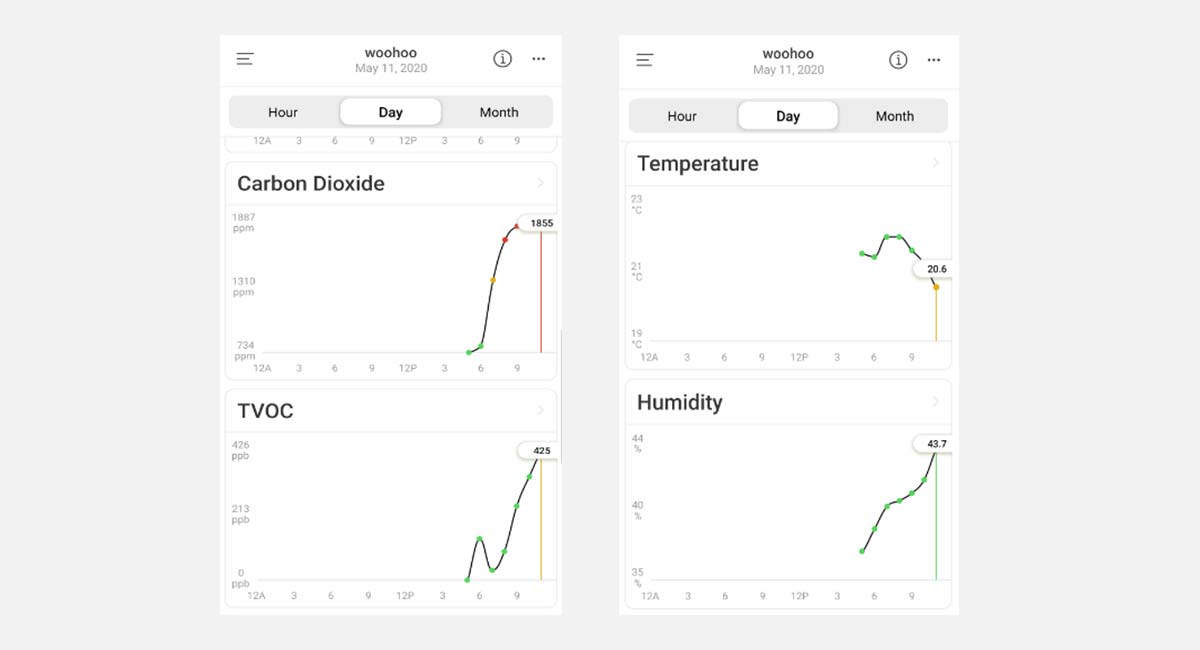

Day 2: Calibration & Challenges
Observation #1: Although some of the detectors are still calibrating, the device’s sensitivity is very high. There is almost an instant result from an action – you’ll see more of this in the future days.
Challenge #1: Carbon dioxide levels are very high and especially during the night. From the app’s information plus consultation with good ol’ uncle Google, I found out I need to adjust my ventilation system.
Problem: There is no ventilation systems except for a couple of fans in my apartment. Opening a window, it is! Now, however, Nitrogen Dioxide + Ozone rises immediately after my window is opened.

Day 3: Toxic Burger Night
Observation #2: It is burger night 🍔 and we’re whipping up a storm in the kitchen. There’s the smell of butter in the air, the exhaust fan is on, we are cleaning and setting up the table. We sprayed the dining table with a multi cleaner and almost immediately TVOC spiked. My dining table is in the living room, a fair way away from Woohoo but it manages to pick up chemical particles in the air a few metres away.
Similarly, after dinner, the bathroom was occupied, and air freshener was used – again Woohoo tells me that chemical levels have gone up.
While I’m sure there are more factors, I can’t pinpoint which reduced the air quality in my home, I am very impressed by the level of sensitivity and accuracy.

Challenge #2: Humidity levels seem to always be quite high. Woohoo recommends I bring the temperature down or use a dehumidifier.
Problem: I live in an old apartment where ventilation is limited and there are no air conditioning systems installed.

Day 4: Treat Yourself
Challenge #2: Humidity levels remains quite high and this becomes more evident after hot showers. I’ve started to open up a few more windows right after showers although we are currently going through a cold snap.

Observation #3: One of my favourite down time activity is treating myself to an at-home facial. I lined up my skincare products and went ahead with my regimen. You can see that Woohoo picked up some levels of TVOC. This might seem concerning at first as I’m sure many people use products to maintain their skin and hair. However, TVOCs can come from many sources such as new furniture, plastic, cleaning sprays, air fresheners and more.

As TVOCs are emitted through many sources that are found in most typical homes. Research shows that there are acceptable levels of TVOC indoors that will not cause any health risks. However, long term exposure to high levels of TVOCs can cause severe health issues.Tips to reduce TVOC levels:
- Use natural based cleansers
- Air out new furniture before using them in the home
- Let paint dry completely before using the room
Day 5: Challenge #1 Conquered!
Challenge #1: I believe we finally conquered our high levels of Carbon Dioxide ✅ It wasn’t just about opening a single window in my room but a few windows in the apartment. Although the average temperature is in the teens in Sydney, the consistent fresh air does do some good. It turns out the apartment is overall very badly ventilated, so windows are the only way unless air conditioning systems are installed.
We exert more carbon dioxide while asleep, so the levels tend to be much higher during the night.
Observation #6: I experience severe hayfever and take antihistamines daily. A smart air purifier is always running to make sure that PM2.5 remains low in the apartment. It seems the purifier has been doing a great job with limiting my allergy triggers. We will be performing a test on Day 6 & 7 to see what happens when the purifier is switched off.

Day 6: Pest Control + Purifier Testing
Unfortunately, we’ve had some unwanted visitors in the apartment 🤢 Around 11.20am, the pest controller started spraying the corners in the apartment and fumigating the roof. All windows were opened to remove the smell yet interestingly, there were no immediate effects.
Challenge #1: I believe we finally concurred our high levels of Carbon Dioxide. It wasn’t just about opening a single window in my room but a few windows in the apartment. Although the average temperature is in the teens in Sydney, the consistent fresh air does do some good. It turns out the apartment is overall very badly ventilated, so windows are the only way unless air conditioning systems are installed.
Observation #6: The purifier was shut off today to test what happens to the PM2.5 levels. It spiked once the windows are opened. Let’s see what happens after 2 days of no purifier usage.
Observation #7: TVOC levels spiked after 9pm although it’s been almost 10 hours since the pest controller fumigated the apartment.

Day 7: Meal Prepping 🍱
Today we’re going to be meal prepping and baking for the coming week.
Observation #6: The purifier has been off for 2 days and the overall levels of PM2.5 has risen and spiked further after a window was opened.
Observation #7: TVOC levels remained high throughout the night until about 9am this morning. Although I cannot pinpoint the cause of this solely to the fumigation one can only assume it played a large role.
Observation #8: TVOC levels were fluctuating all day from 1pm to 6pm which matches the time we were cooking in the kitchen. Especially when the oven is being used.
Observation #9: Although we overcame Challenge #1, keeping windows opened in an apartment located on a busy street means Nitrogen Dioxide and Ozone is always higher during peak hours although Carbon Dioxide levels are minimised. Similarly to TVOC levels, there are acceptable levels of Nitrogen Dioxide and Ozone which are not harmful to us.

Day 8: 2nd Week of Trial
We are currently in our 2nd week of the trial.
Today around 12am in the morning I had a rude awakening with cold symptoms and a stuffy room. Woohoo also notified me that carbon dioxide levels have become too high. The window was closed as it became too cold. Weird huh? 🤷🏻♀️ How the body works and adapts to different air conditions.
Observation #6: The overall levels of PM2.5 remained high after last weekend’s test. The purifier switched onto AUTO from 10.30am onwards. (This means when the purifier detects rising levels of PM2.5, it will automatically switch on.)

Day 10: Garbage Day 🚛
For the health of my colleagues, I have decided to work from home today. It is also bin day today 🤭
Observation #10: Around 7am, TVOC levels spiked immediately when garbage trucks were going back and forth on my street. Note: My window was open to making sure there’s enough airflow to fix the Carbon Dioxide levels.

Day 11: Scented Candle Trial
This trial is coming to an end soon, so I decided to see what happens when a scented candle is lit. My personal favourite is a Strawberry & Champagne scented candle.
Observation #11: TVOC levels started to rise along with Carbon Dioxide levels. Although the air conditions were picked up slowly and the levels remained acceptable – there was a difference.
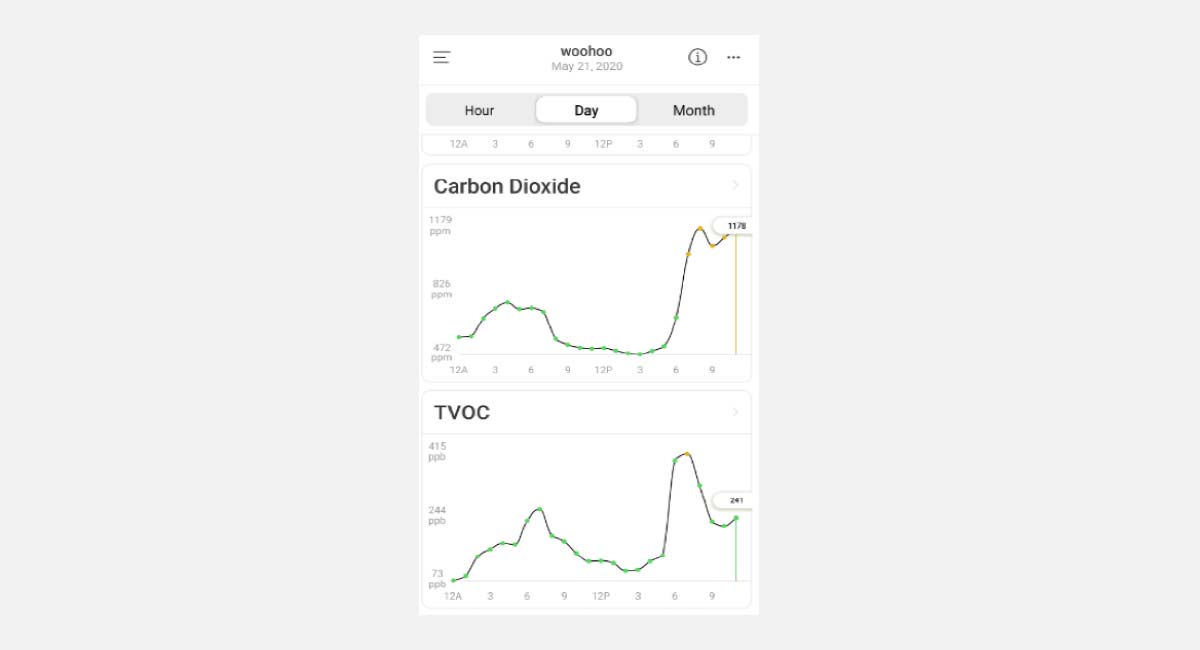
Day 13 & 14: Uncertainties
On the last 2 days which happens to be on a weekend that I wasn’t home majority of the time. Have a look at the following screenshots of different fluctuation throughout the 2 days.
As information regarding indoor air quality is still quite limited in 2020, it can be difficult for people to identify the source of bad indoor air quality. However, having an air quality sensor is a great starting point to identifying problematic areas of our homes.
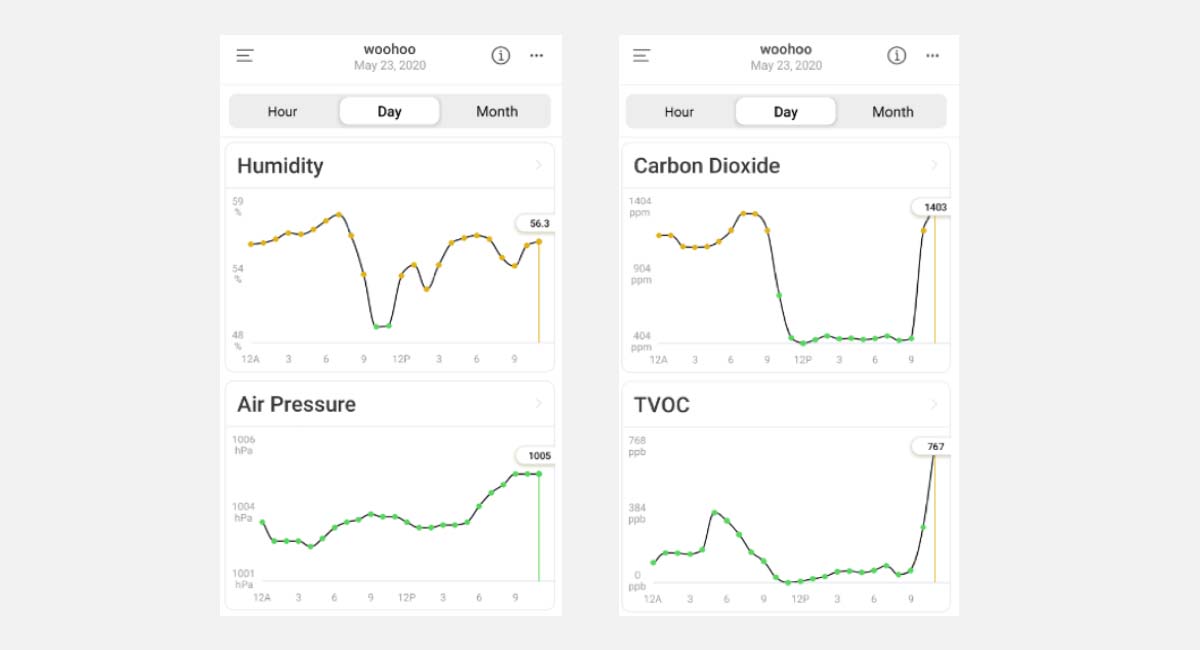
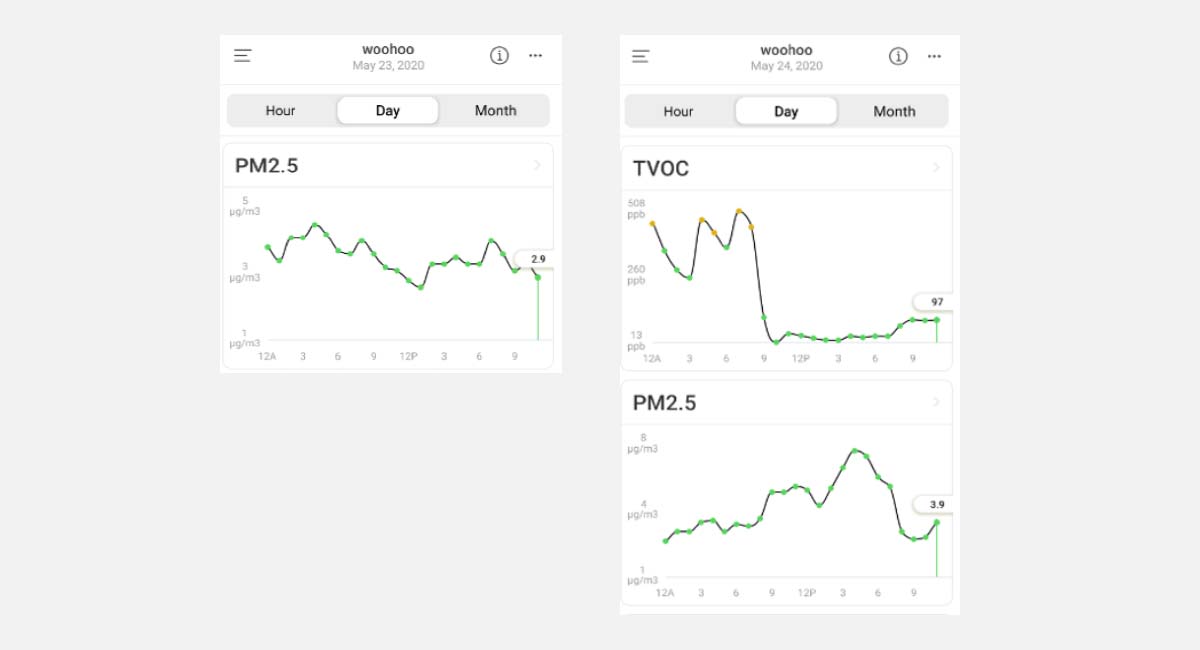
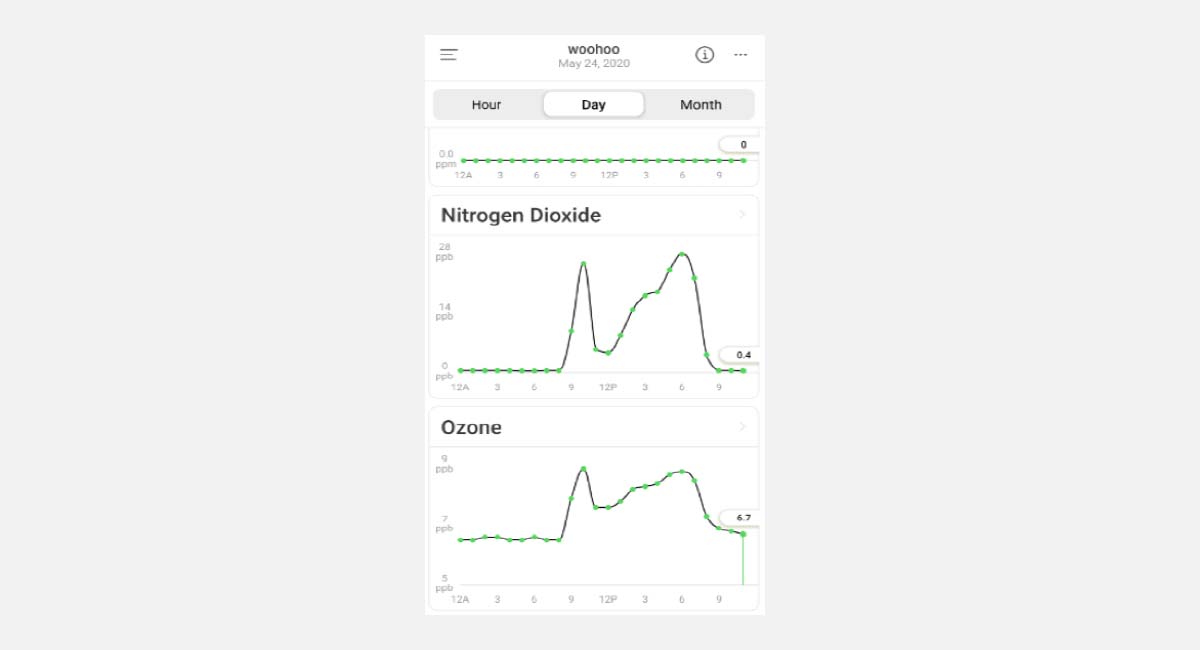
My Favourite Part Of This Experiment
This has been a very interesting journey. The thrill of problem-solving and understanding the source of different air concerns is very exciting. uHoo has done a great job with implementing ‘insight’ notifications that guides you through the first steps when encountering an issue. Yet, I must constantly remind myself that this is not a game and some of these air concerns can be a real threat to me and my family’s health.
Most Important Takeaway
Personally, before conducting this experiment I had very limited knowledge about indoor air quality. I understood levels of PM2.5 due to my allergies and basic knowledge of how deadly Carbon Monoxide is from my studies.
I never knew that my allergies would be triggered by high humidity level as well. Like (hopefully) every primary school student, I understood that Carbon Dioxide is released through breathing, but I never knew it could become a health threat too.
For the many threats we have in our homes, there’s too little research to educate us on how to limit these threats on our health.
Disclaimer: This blog is not endorsed or sponsored by uHoo in any way. This is not written by an HVAC specialist. My actions were purely based on information prompted through the uHoo app and further researching through Google.
For any media enquiries – contact Carol, Digital Marketing Specialist at Alliance Climate Control
Related Articles
